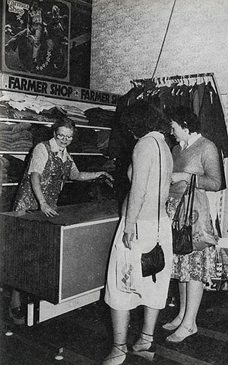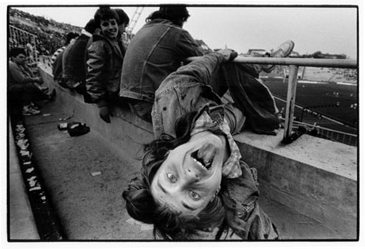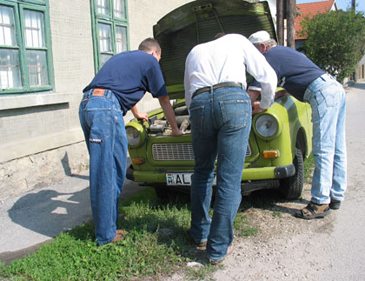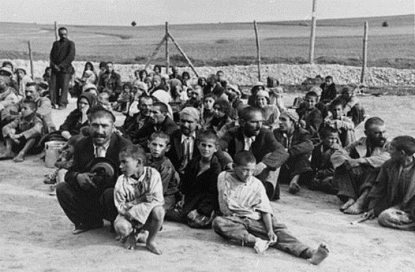Blue jeans have been available in Hungary for almost half a century, but they had their start much earlier, in 1871. It was then that the tailor Jacob Davis, who had emigrated from Riga to Reno, Nevada, made the first pair of blue jeans at the request of a woodcutter who needed an especially sturdy pair of trousers. Davis made the pants with white sailcloth supplied by Levi Strauss, who had recently emigrated from Buttenheim, in Bavaria, to San Francisco. The two entrepreneurs set up a company in San Francisco within months, and their trousers started selling like hotcakes. Who knows how many of the trousers, dyed first with indigo, then with synthetic dyes from the end of 1890s, have been sold in the world since.
The exhibition draws one into the social-historical context of the time, showing Hungary's own Trapper brand of blue jeans and bringing back the sounds of the Ecser Market in the 1980s, where a pair of Casucci blue jeans could be had for the equivalent of two months wages. Interspersed with the actual articles of clothing are old LPs, pictures and constructions of blue jeans, including a fantastic blue jean tapestry by Kati Major.
"If only I had invented them," the designer Yves Saint Laurent once said of blue jeans. Fortunately for us, it didn't happen this way. So blue jeans became an everyday fashion, so much so that - like the air we breathe - they go unnoticed.




